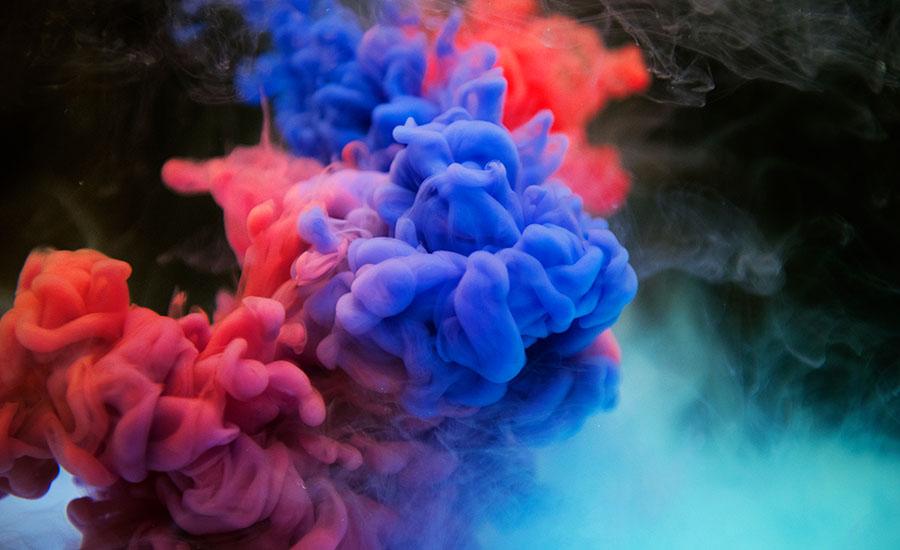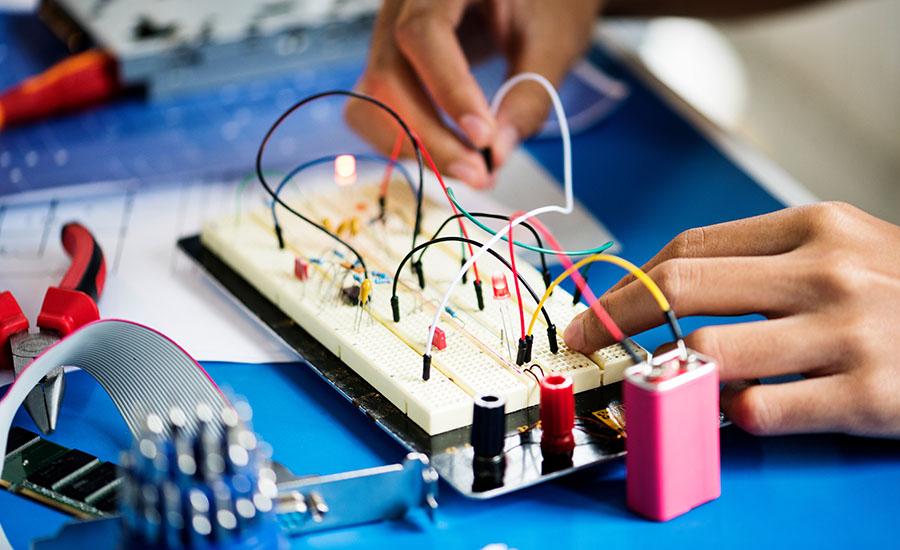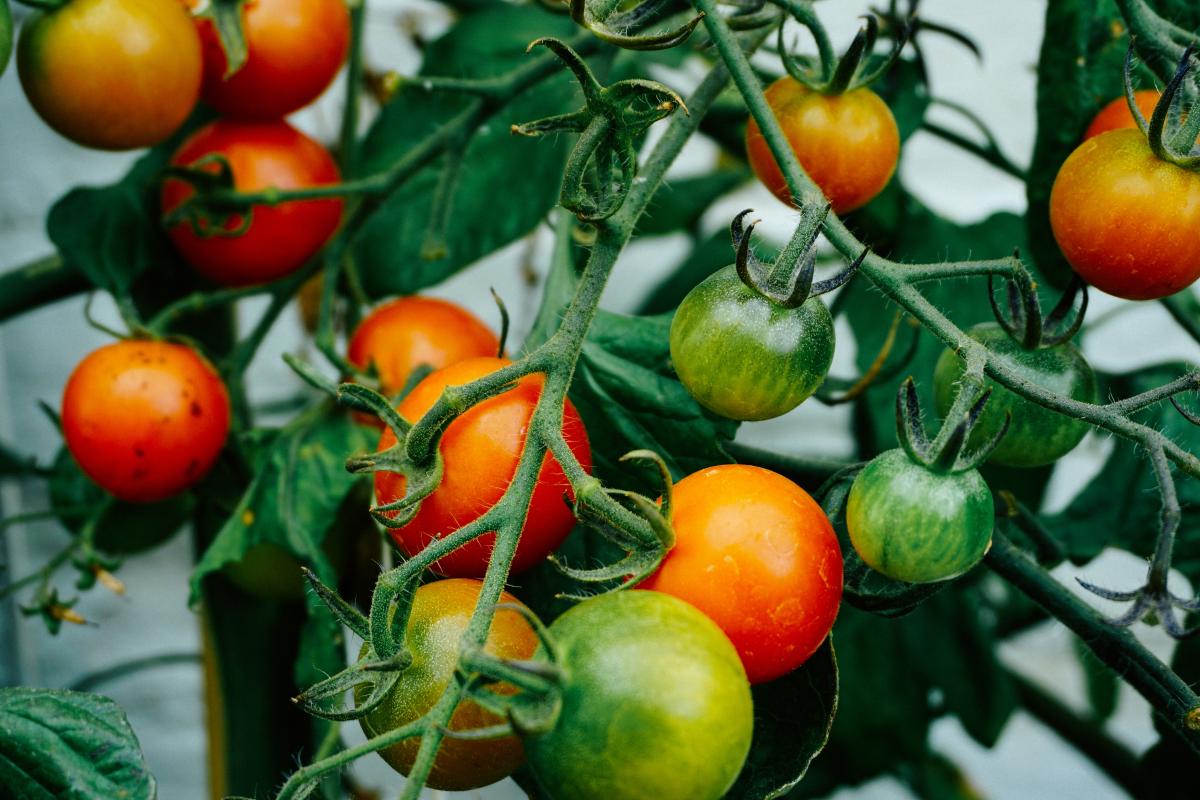
Saltwater vs. Freshwater
In this lesson students will show the proportion of freshwater compared to saltwater on Earth.
Students will define the problem of having a limited amount of fresh water using evidence gathered from research. They will engineer a device that can change saltwater into freshwater. Students will show their understanding and create models based on their understanding that matter is made of particles that are too small to be seen by the human eye.
Lesson Grade Level
5th GradeLesson Plan Link/URL
https://docs.google.com/presentation/d/1GzLHvM_ii3P9mQLQGXnRMDg0y4uzY6RL/edit?u…Subject Area
Science Physical Science P1: Matter Life Science L2: Organisms & Energy Engineering S1: Engineering & Global Society S2: Apply the Engineering Design Process S4: Apply Science to Engineering Mathematics Measurement and Data (MD)Related Content

Students learn about the chemistry that exists in some of the world's oldest surviving paintings. This lesson is the final part of a 3 part painting series, and focuses on binding agents in paint

This engaging lesson is designed for students to derive the rules for circuits in series by experimenting with different variables in simple circuits in series using the PhET DC Electricity simulation

The lesson plan challenges students to integrate research, agricultural principles, and engineering concepts, sparking their creativity in designing efficient and sustainable hydroponic setups. From